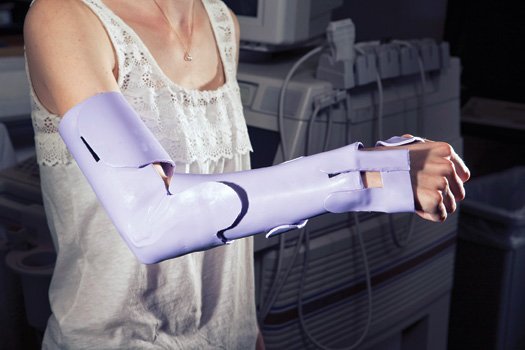Solve a problem with an invention
Design and build a simple invention from recycled materials to solve a small household problem, test how well it works, and improve it.



Step-by-step guide to designing and building a simple invention from recycled materials to solve a small household problem
Adding problems for kids - Learning maths
Step 1
Pick one small household problem you want to solve and write its name on your paper.
Step 2
Write three things your invention must do to solve that problem.
Step 3
Gather recycled materials and tools from the Materials Needed list into a small work area.
Step 4
Think of three quick ideas and write their names down.
Step 5
Choose the best idea and draw a simple sketch labeling the main parts.
Step 6
Build a first prototype using your recycled parts and follow your sketch.
Step 7
Use tape to attach pieces so your prototype holds together.
Step 8
Test your prototype once by using it the way it is meant to work.
Step 9
Write two things that worked and two things that need improvement.
Step 10
Make one change to your prototype to fix a problem you found.
Step 11
Test the improved prototype to see if your change helped.
Step 12
Decorate or label your final invention using colouring materials.
Step 13
Share a photo and a short description of your finished creation on DIY.org.
Final steps
You're almost there! Complete all the steps, bring your creation to life, post it, and conquer the challenge!


Help!?
If I don't have tape from the Materials Needed list, what can I use instead to attach parts?
If you don't have tape, use strong alternatives from the 'Gather recycled materials' step such as glue, staples, twist ties, clothespins, or string to attach pieces so your prototype holds together.
My prototype falls apart during the first test—what should I check and fix?
If it falls apart during 'Test your prototype once', reinforce joints by overlapping cardboard, add extra tape or glue at weak spots, and recheck that you followed your sketch and labeled main parts for correct alignment.
How can I adapt the activity for younger or older kids?
For younger children simplify to picking one problem, making one sketch with adult help cutting recycled cardboard and using markers for decorating, while older kids can add measurements, iterate more prototypes, and try small motors or LEDs when they 'Make one change to your prototype' and 'Test the improved prototype'.
How can we improve or personalize the invention after the final test?
To enhance or personalize after 'Test the improved prototype', decorate and label parts with colouring materials, add modular features like interchangeable attachments or a small battery-powered motor from recycled toys, and write a short description to share on DIY.org.
Watch videos on how to design and build a simple invention from recycled materials to solve a small household problem
Simple Machines -Screw- Lesson for Kids-Kindergarten,Preschoolers,Toddlers
Facts about design and engineering with recycled materials for kids
♻️ Many everyday items—cardboard, plastic bottles, jars, and old clothes—make great building blocks for new inventions.
🧠 Design thinking (empathize, define, ideate, prototype, test) is a kid-friendly way to solve real household problems step by step.
🔧 Making a quick prototype and testing it often reveals the biggest problems faster than lots of planning alone.
🧪 Small motors, switches, and batteries salvaged from old toys can jump-start clever recycled-material inventions.
🏆 Young inventors have turned simple recycled parts into award-winning projects at science fairs and maker events.
How do I guide my child to design and build a simple invention from recycled materials to solve a household problem?
What materials and tools do I need to build a recycled-material invention with my child?
What ages is this invention activity suitable for, and how should it be adapted?
What are the benefits of having children design and test inventions made from recycled materials?


One subscription, many ways to play and learn.
Only $6.99 after trial. No credit card required



